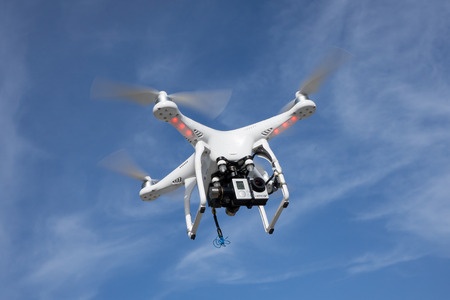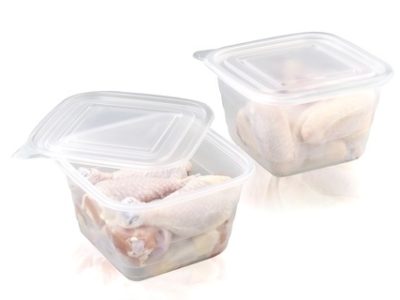

Recreational Drone Laws Created After Slew of Drone Accidents
A slew of drone accidents increased pressure on regulators to implement laws for unmanned aircraft. The use of recreational drones or sUAS is the operation of an unmanned aircraft for personal interests and enjoyment. For example, flying a drone to take pictures for your own personal use is classified as recreational; using the same device to take photographs or videos for compensation or sale to another individual is classified as a commercial operation.
If you or a loved one was injured as a result of another’s drone, contact a personal injury lawyer as soon as you are able. He or she can assess your accident and injuries and discuss your legal rights.
Recreational Drone Laws Created After Slew of Drone Accidents
In recent years, recreational drone purchases have skyrocketed as they have become more popular with everyone from filmmakers to hobbyists to farmers looking to watch over their crops. As a result, many in the drone industry have been voicing the need for clear guidelines. The increased number of recreational drones also began to worry Federal Aviation Administration (FAA) officials and pilots, who reported seeing twice the number of unmanned aircraft in 2015 than they did during 2014. A slew of high-profile drone accidents in recent years — including drones crashing into the stands at the U.S. Open tennis tournament and interfering with firefighting efforts in California —increased pressure to regulate the use of unmanned aircraft in the form of Recreational Drone Laws.
Recreational drones must be registered
As of Dec. 21, 2015, the FAA requires all owners of small unmanned aircraft or drones, weighing between 0.55 and 55 pounds, to register online before flying. “There can be no accountability if the person breaking the rules can’t be identified…Drone operators will be hit with “penalties” if they fail to register their drones,” Transportation Secretary Anthony Foxx said at a news conference in October, 2015. “Registration will help make sure that operators know the rules and remain accountable to the public for flying their unmanned aircraft responsibly,” FAA Administrator Michael Huerta said. The registry will also make it easier for law enforcement to hunt down irresponsible drone owners.
Recreational drone safety guidelines
Community-based safety guidelines have been developed by organizations such as the Academy of Model Aeronautics (AMA) to help decrease drone accidents. Specific safety guidelines have also been established by Congress. Operators not operating within the safety program of a community-based organization should follow the FAA’s guidance.
Drone operators have a duty to follow safety guidelines to prevent drone accidents. Here is a list of safety guidelines for drones:
- Keep your drone lower than 400 feet and at least 25 feet below any surrounding obstacles when possible.
- Keep your sUAS within sight at all times. Bring along a spotter if possible.
- Stay well clear of and do not interfere with manned aircraft operations.
- Try to avoid flying over unprotected persons or moving vehicles and remain at least 25 feet away from individuals and vulnerable property or infrastructure such as power lines and water treatment facilities.
- Contact the airport and control tower before flying within five miles of an airport or heliport.
- Do not fly your drone in adverse weather conditions such as in high winds or reduced visibility.
- Do not fly if you are under the influence of alcohol or drugs.
- Check and follow all local laws and ordinances before flying over private property.
- Never conduct surveillance or photograph persons in areas where there is an expectation of privacy unless you have the individual’s permission.
Users of commercial and recreational drones should be aware that in remote, rural and agricultural areas, manned aircraft such as fixed-wing aircraft and helicopters may be operating very close to ground level. Operators must maintain situational airspace and keep a safe distance from manned aircraft.
If you or a loved one were injured in an accident, you have enough to deal with. Let an experienced accident attorney fight for the full compensation that you deserve. It is not uncommon to receive a settlement from the insurance company that is five to ten times bigger with the help of a lawyer. Call the caring accident attorneys at Tario & Associates, P.S. in Bellingham, WA today for a FREE consultation! We have been representing residents of Whatcom County, Skagit County, Island County and Snohomish County since 1979. You will pay nothing up front and no attorney fees at all unless we recover damages for you!




